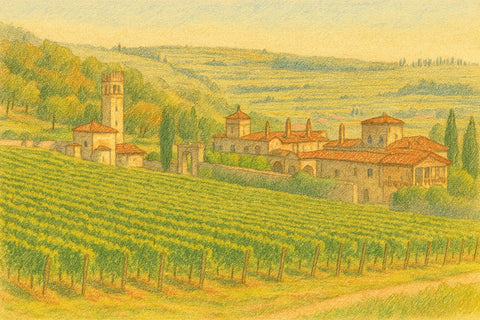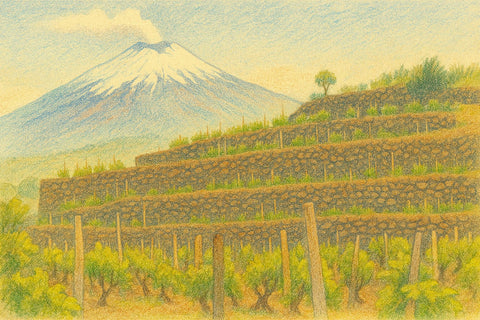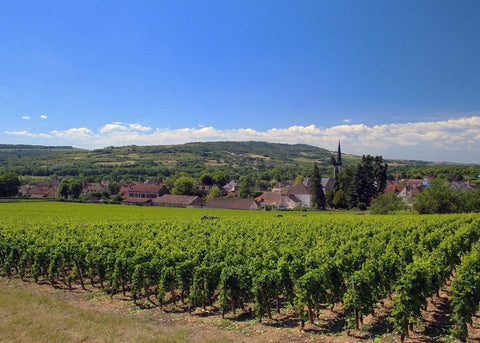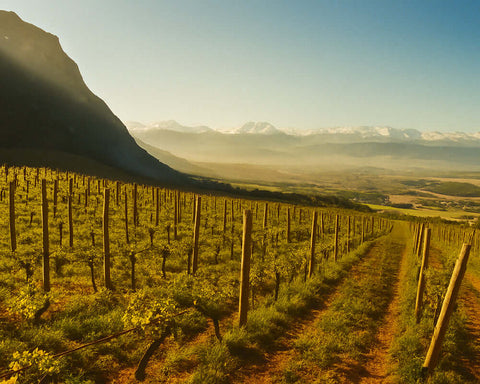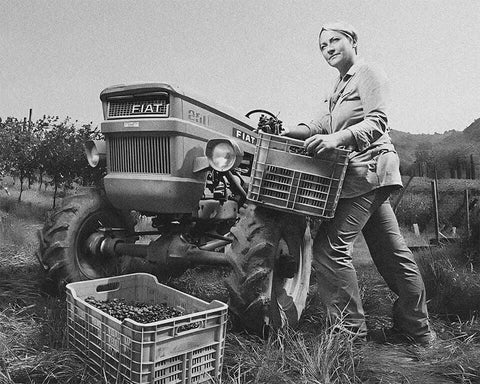Organic wine refers to wines made from grapes grown without synthetic herbicides, pesticides, or fertilizers, and vinified under rules that restrict certain additives and processing aids. While details vary by market, organic certification gives drinkers verifiable standards from vineyard to bottle. In practice, many organic producers also embrace low-intervention choices—clean fruit, careful cellar work, and measured sulfur use—so the wine can better reflect site and season. This guide clarifies what “organic wine” means, how certifications and labels differ, what to expect in the glass, and how to shop with confidence.
Quick Navigation
- Definition
- Labels & thresholds (US & EU)
- What organic farming looks like
- Cellar rules & sulfites
- Organic vs Natural vs Biodynamic
- Flavor, texture & style expectations
- How to shop: cues, terms & smart picks
- FAQ: health, vegan, and storage
Organic wine: the snapshot
Organic wine is produced from vineyards managed without synthetic herbicides, pesticides, or chemical fertilizers, and vinified under standards that limit inputs and require traceability. Certification and auditing (by approved bodies) verify practices on both the farming and winemaking sides.
Labels & thresholds (US & EU)
United States (high level):
- “Organic Wine” (USDA Organic): grapes must be certified organic; no added sulfites; naturally occurring sulfites may be present (<10 mg/L triggers the “contains sulfites” statement).
- “Made with Organic Grapes”: grapes are certified organic; limited added sulfites allowed (commonly up to ~100 mg/L total); more cellar inputs permitted than “Organic Wine.”
European Union (high level):
- “Organic wine” (EU leaf logo): certified organic farming; cellar rules restrict additives and lower total SO₂ ceilings vs conventional. Reference dry-wine maxima often cited: ~100 mg/L (red) and ~150 mg/L (white/rosé); sweeter styles may allow more.
Note: Thresholds vary by style and regulation updates. Labels prove the farming is certified and cellar inputs are controlled; they don’t guarantee a specific flavor profile.
What organic farming looks like
- No synthetic herbicides, pesticides, or chemical fertilizers—weed control via mowing, mulching, or mechanical cultivation; pest control via monitoring, trapping, and approved contact sprays.
- Soil health first: cover crops, composts, and green manures to build organic matter, structure, and water-holding capacity.
- Biodiversity: hedgerows, insectaries, and mixed ground covers to support beneficial insects and reduce pest pressure.
- Water & erosion management: contouring, mulching, and canopy work to protect soil and preserve freshness in the grapes.
Cellar rules & sulfites
Organic certification restricts certain fining agents, processing aids, and additives; it also narrows the range for sulfur dioxide (SO₂) vs conventional wine. Many organic producers practice low-sulfites winemaking—adding the least SO₂ needed for stability—while some (especially in the US “Organic Wine” category) use no added sulfites at all. Even NAS wines contain naturally occurring sulfites from fermentation.
Common cellar themes among organic producers:
- Clean fruit, clean ferments: good hygiene and strong, complete fermentations reduce the need for corrective inputs.
- Measured SO₂: additions based on risk (pH, oxygen exposure, style goals) rather than habit; learn the basics: Low-Sulfites Wine.
- Mindful clarification: many wines are bottled unfined/unfiltered; if you seek vegan-friendly wines, check producer notes for non-animal fining.
Organic vs Natural vs Biodynamic
Organic: a regulated, audited standard for farming and restricted cellar inputs. It answers “Were chemicals avoided?” and “Are additions controlled and traceable?”
Natural: a minimal-intervention philosophy—native ferments, very low additives, often no new oak and little filtration. Many natural wines are also organic in the vineyard and typically show low SO₂; browse our Natural Wine Best Sellers.
Biodynamic: a holistic, certifiable system that builds on organic (e.g., compost preps, lunar/cosmic calendars) with an ecosystem focus. Learn more: Biodynamic Wine.
Flavor, texture & style expectations
- Fruit clarity & balance: healthy vines often yield cleaner fruit profiles, lively acid, and moderate alcohol.
- Less manipulation: many organic producers avoid heavy new oak and harsh extraction, favoring freshness and food-friendliness.
- Appearance: from crystal clear to lightly hazy if minimally filtered; haze ≠ fault—always read the producer’s intent.
How to shop: cues, terms & smart picks
- Read the label: look for the USDA Organic seal (US), or the EU “leaf” logo; if it says “Made with Organic Grapes,” expect stricter farming + some allowed cellar inputs.
- Ask about SO₂: if you prefer low additions, seek “no added sulfites” (USDA Organic wine in the US) or producers who publish total SO₂ figures.
- Choose styles you love: organic farming spans everything—crisp whites, glou-glou reds, sparkling, and age-worthy classics.
- Start curated: explore editor picks in our Best Sellers for reliably farmed, well-made bottles.
FAQ: health, vegan, and storage
Is organic wine healthier? Certification governs inputs, not medical outcomes. Enjoy in moderation; wine contains alcohol.
Is organic wine vegan? Organic rules don’t automatically make a wine vegan. If you avoid animal fining agents, look for vegan-friendly notes on the label or tech sheet.
Does organic mean no sulfites? Not by default. US “Organic Wine” forbids added sulfites; EU organic allows lower ceilings than conventional. Many organic producers also pursue low-sulfites profiles.
How should I store organic wine? Cool (≈12–14 °C / 54–57 °F), dark, and steady. Opened bottles keep longer with a fridge and minimal oxygen exposure.
Keep exploring: compare frameworks with biodynamic wine, learn why many organic producers also bottle low-sulfites wines, and discover new favorites in our editor-selected natural wine best sellers.



